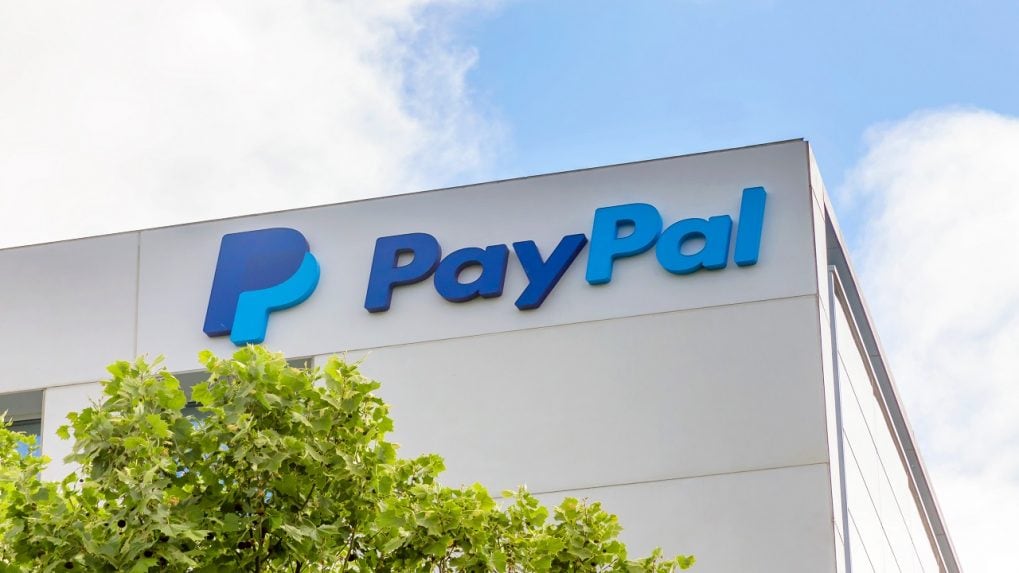
Can the PayPal Coin standardise crypto payments?
Players in the conventional financial sector usually steer clear of the highly volatile crypto markets and affiliate only with users outside this space. Unlike other crypto-native firms that have been dabbling in this space for a while, a move by a traditional finance firm into the crypto universe warrants the need for us to delve deeper.
With 350 million active users, PayPal has already forayed into crypto in the USA and the UK, allowing customers to transact with and hold cryptocurrencies. Currently, it is only limited to Bitcoin (BTC), Ether (ETH), Litecoin (LTC), and Bitcoin Cash (BCH). While the number of crypto payments facilitated by PayPal remains a blur, it is worth noting that stablecoins allow users to take advantage of the volatility associated with developments in the decentralised finance (DeFi) space.
In a conversation with Cointelegraph, Marwan Forzley, CEO of online payments platform Veem said that stablecoins will “likely become a part of the global payment scheme,” as on-ramp (exchanging traditional currency to purchase cryptocurrency) and off-ramp (selling cryptocurrency to obtain traditional currency) transacting in a highly secure environment “is a major need of small businesses.” He added that PayPal’s venture into crypto waters could coax other industry leaders from the financial sector to experiment with blockchain technology.
Tim Frost, founder and CEO of wealth management platform Yield App, told Cointelegraph that crypto payments are “finding their way into the mainstream” as a “number of companies now allow digital asset owners to pay with digital currencies using standard Visa or Mastercard.” While Frost believes that the technology has vast untapped potential, whether it will trigger a mass transition towards its adoption is unclear to him.
What are the regulatory challenges?
Eli Taranto, chief BD officer at EQIBank — a digital bank licensed to service corporations and HNIs, told Cointelegraph that the sheer size and geographical spread of PayPal would mean that it would face global regulatory resistance. “This may eventually serve as a catalyst for mass adaptation of crypto and give the crypto processing industry a boost, as venture capital will begin to flow to this relatively new sector,” he added.
Transactions are a major source of PayPal’s revenue, which means it would have to work hand-in-glove with multiple blockchains, leverage the cross-chain technology and allow multi-token operations to create a robust, fast, and secure payments framework. Now that we understand the regulatory hurdles before PayPal, let’s go a step further and explore how a stablecoin would benefit them.
How does PayPal benefit from having a stablecoin?
In Q3 2021, Caleb Silver, editor-in-chief at Investopedia, said according to its then most recent financial filings, PayPal had incurred $2.7 billion in transaction-related expenses alone in the quarter. Knowing this, if PayPal were to harness the capabilities of a high-efficiency blockchain like Solana, it would have the potential to save big money in transaction-related costs. This, however, is just a possibility and is not yet confirmed.
According to a tete-a-tete between Cointelegraph and Jerald David, President of digital asset investment company Arca, the improvement of currently existing core businesses is most probably PayPal’s product offering going forward. “By marrying the efficiencies of blockchain technology with their existing business model, they can help instil and solidify the confidence of individuals and small businesses in the digital asset industry,” he said in the same conversation.
The exact repercussions that may result from the launch of PayPal’s new stablecoin shall remain a mystery until the implementation of the project is clear. However, it is true that the organisation is uniquely placed at the moment to incorporate crypto technologies into conventional payment modes and completely disrupt the space.
(Edited by : Aditi Gautam)
This news is republished from another source. You can check the original article here

Be the first to comment